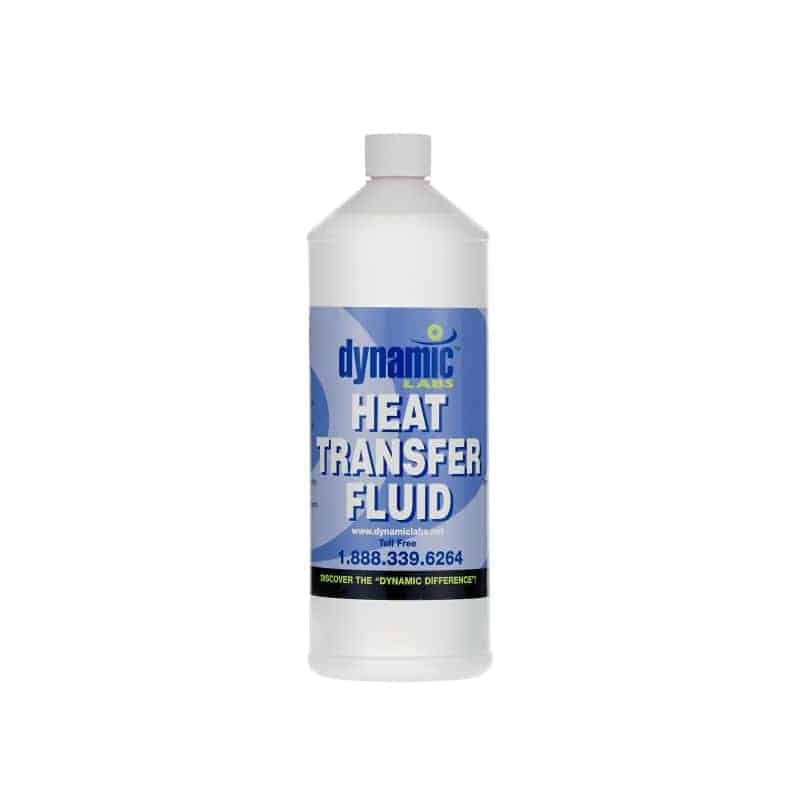Dielectric Cooling Fluid: The Next Generation of Efficient Cooling Solutions
Why Picking the Right Heat Transfer Fluid Is Essential for Optimal System Performance
Selecting a suitable warmth transfer fluid is a critical decision that can dramatically impact system efficiency and operational prices. As the effects of this option prolong far past immediate efficiency, understanding the subtleties of fluid selection becomes important for anybody looking to achieve optimal system efficiency.
Importance of Heat Transfer Fluids
What role do warm transfer liquids play in commercial procedures? Heat transfer liquids are crucial for the reliable transfer of thermal energy within different industrial systems. They help with the movement of heat from one location to one more, ensuring that processes run within ideal temperature level ranges. Their main function is to soak up warmth from a resource, such as a heating system or activator, and deliver it to an end customer, like a warmth exchanger or purification column.
The option of warmth transfer fluid can substantially impact power equipment, performance, and safety durability. Fluids must can holding up against heats and pressures without weakening, as well as exhibit marginal volatility and reduced toxicity. Their efficiency directly affects not just the productivity of the system yet likewise its functional prices.
Additionally, warm transfer fluids play a vital function in preserving process control, making sure that temperature level fluctuations are reduced. This is specifically important in sensitive applications such as drugs and petrochemicals, where specific temperature level management is vital. On the whole, the importance of picking the right warmth transfer fluid can not be overstated, as it is important to maximizing commercial procedures and boosting total system performance.
Key Quality to Take Into Consideration
When selecting a warmth transfer fluid, which vital residential or commercial properties should be focused on to make certain optimum performance? Thermal conductivity is essential; a liquid with high thermal conductivity will efficiently move warmth, reducing energy loss. In addition, the details heat capacity of the liquid is vital, as it determines just how much energy the fluid can launch and keep, affecting general system responsiveness.
Thickness is an additional considerable residential property to think about, as it affects the fluid's circulation attributes; lower viscosity liquids are generally chosen for much easier circulation and reduced pumping energy. The fluid's temperature level variety is equally important; it should do efficiently within the operational temperature levels of the system without degrading or evaporating.
Consider the environmental impact and safety and security profile of the liquid, as regulations and sustainability goals increasingly affect liquid choice. By focusing on these essential buildings, one can select a warm transfer liquid that boosts system resilience and integrity.

Effect On System Effectiveness
The choice of warm transfer fluid straight influences system effectiveness, influencing both power usage and functional performance. A liquid's thermal conductivity, viscosity, and warmth ability play essential duties in how properly it moves warmth within a system. Optimal liquid buildings make sure that warmth is taken in and dispersed effectively, minimizing power losses and boosting the general performance of the system.

In addition, the compatibility of the liquid with system products can considerably affect performance. A liquid that creates rust or deterioration can cause leakages and system failings, further lessening effectiveness. In recap, the ideal warmth transfer fluid not just makes the most of energy effectiveness and minimizes expenses but likewise improves the dependability and longevity of the system, making it an essential consideration for designers and decision-makers in thermal monitoring applications.
Usual Sorts Of Heat Transfer Fluids
A variety of warmth transfer liquids are frequently employed in thermal monitoring systems, each with unique residential or commercial properties suited to details applications. Water is among one of the most widely utilized heat transfer liquids due to its high certain heat ability, inexpensive, and accessibility. Nevertheless, its freezing factor limits its use in low-temperature applications.
Thermal oils, frequently originated from petroleum, are another popular selection, specifically in high-temperature systems. These liquids can run at raised temperature levels without evaporating, making them suitable for commercial applications. Nevertheless, they may have constraints concerning thermal security.
Refrigerants, utilized mostly in cooling systems, have one-of-a-kind thermodynamic residential properties that enable reliable heat transfer at reduced temperature levels. Their choice is crucial to make certain performance and compliance with environmental regulations.

In addition, phase change products (PCMs) are gaining grip for their ability to absorb and launch substantial quantities of warmth throughout stage changes, using an one-of-a-kind remedy for thermal power storage space. Each liquid's details features must be assessed for optimal performance.
Ideal Practices for Selection
Picking the ideal heat transfer liquid includes careful consideration of several crucial factors that line up with the specific requirements of the application. Second, consider the liquid's thermal conductivity, which influences warm transfer prices; higher thermal conductivity generally leads to enhanced efficiency.
In addition, examine the liquid's viscosity, as it affects pumping power and overall system performance. Lower thickness liquids commonly reduce energy consumption during flow. Compatibility with system products is an additional critical aspect; ensure that the fluid does not trigger rust or deterioration of pipelines and parts.
Next, take into consideration the liquid's stability and long life, especially in you could check here high-temperature applications. A secure liquid minimizes upkeep and substitute expenses. Finally, environmental and safety guidelines must direct your choice procedure, emphasizing eco friendly and safe alternatives when possible.
Conclusion
In verdict, choosing the suitable warm transfer liquid is essential for attaining ideal system efficiency. The appropriate fluid improves thermal conductivity, decreases power losses, and promotes devices long life, eventually bring about enhanced system integrity and performance. Comprehending the key residential or commercial properties and influences of numerous liquids on system performance is important for notified decision-making. Sticking to best methods in fluid option can result in considerable long-lasting price find here savings and operational effectiveness.
Warm transfer fluids are necessary for the effective transfer of thermal energy within numerous commercial systems. Furthermore, the details warm capacity of the liquid is crucial, as it identifies just how much energy the fluid can save and release, influencing total system responsiveness.
Consider the environmental influence and safety and security profile of the fluid, as policies and sustainability objectives progressively affect fluid selection - thermal oil. A liquid's thermal conductivity, viscosity, and warm capability play crucial roles in exactly how successfully it transfers warmth within a system. Water is one of the most widely utilized warmth transfer fluids due to its high specific warmth ability, low price, and accessibility